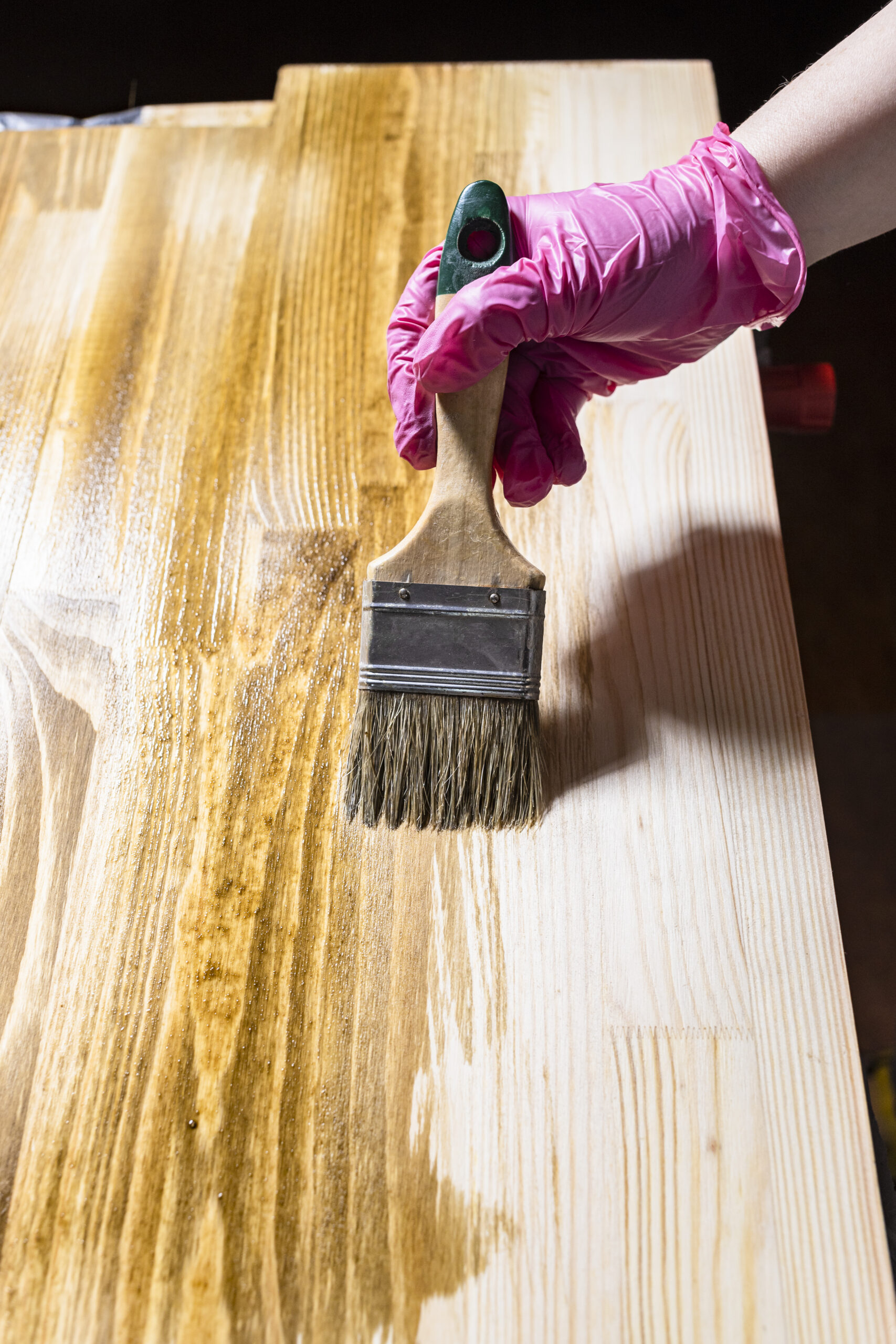Custom stained Amish furniture has become increasingly popular over the years. People who love the quality and craftsmanship of these handmade pieces have realized that they can also customize their order to match existing furniture and/or decor.
What types of wood are commonly used for creating stunning stained Amish furniture?
Crafting the beautiful Amish furniture we see today starts with carefully selected wood, typically American hardwoods such as cherry, oak, maple, and walnut. Each has their own distinct and unique grain patterns that, in the right hands, will be showcased throughout the final piece.
How does the stain color selection impact the overall appearance of Amish furniture?
Choosing a colored stain vs. natural wood finishes will have a great impact on the overall appearance of your Amish furniture. Stain color enhances the beauty of the wood grain pattern while also transforming the look of the wood in order to bring it together with other color tones in the room. Popular stain colors for Amish furniture will allow the purchaser to match existing furniture and decor, while natural wood finishes allow the craftsman to showcase the natural color and beauty of the wood itself.
Can you customize the stain color to match existing decor when purchasing Amish furniture?
Taking into account that wood may age differently over time, stain matching can be done. Here are a few tips for staining Amish woodwork to match an existing decor:
- Look for a stain that matches the color you’re trying to recreate. If two are close, go with the lighter tone, as multiple coats may be applied.
- Sand and clean a scrap piece of wood of the same species and grain pattern as the piece you’re trying to match.
- Test stain on the scrap piece of wood, then wait for it to dry completely.
- If the color is close, you can add another coat or a few drops of a darker stain.
Are there specific stain finishes that are more durable for high-use furniture pieces?
Stains are most often chosen for aesthetic reasons, however, varying shades also mean better durability. The lighter the stain, the more it will show imperfections. Transparent stains may need a touch up every year, while solid stains offer protection for 5-7 years or more. Oil-based stains also provide more durability as they penetrate much deeper, leaving a richer color that won’t easily show imperfections. As with all hardwood furniture, finishing with lacquer, shellac, varnish or polyurethane on top of your stain will give an added level of protection, something you’ll want in a high-trafficked area.
What are the advantages of transparent stains for Amish furniture?
While enhancing grain with wood stain can be achieved regardless of stain color, transparent stains offer additional advantages. While they are best used on new wood, as they are not able to hide imperfections, transparent stains focus on the natural grain pattern of the wood. While protecting against moisture and weakening, these stains penetrate deep into the wood while preserving the original color.

